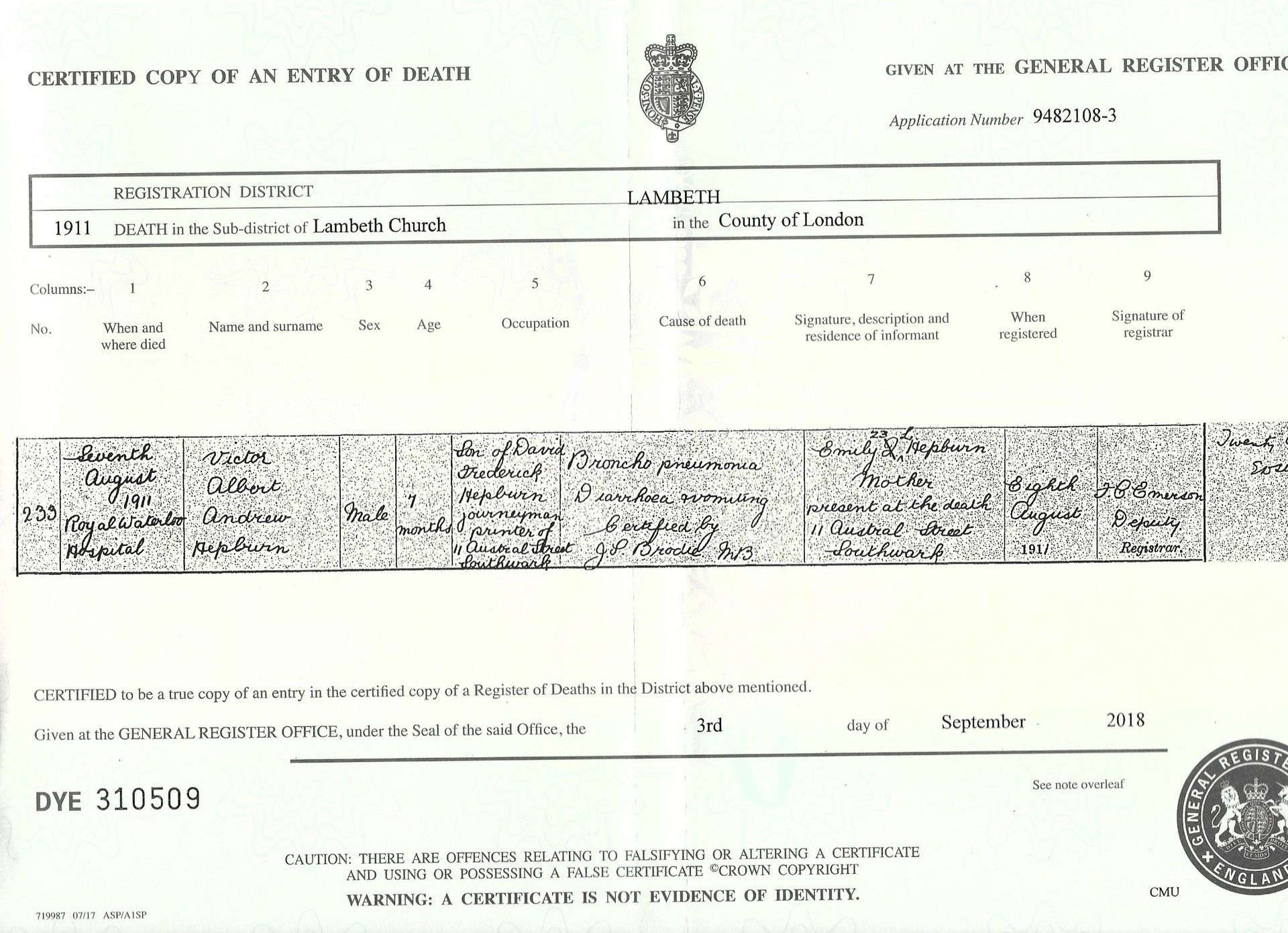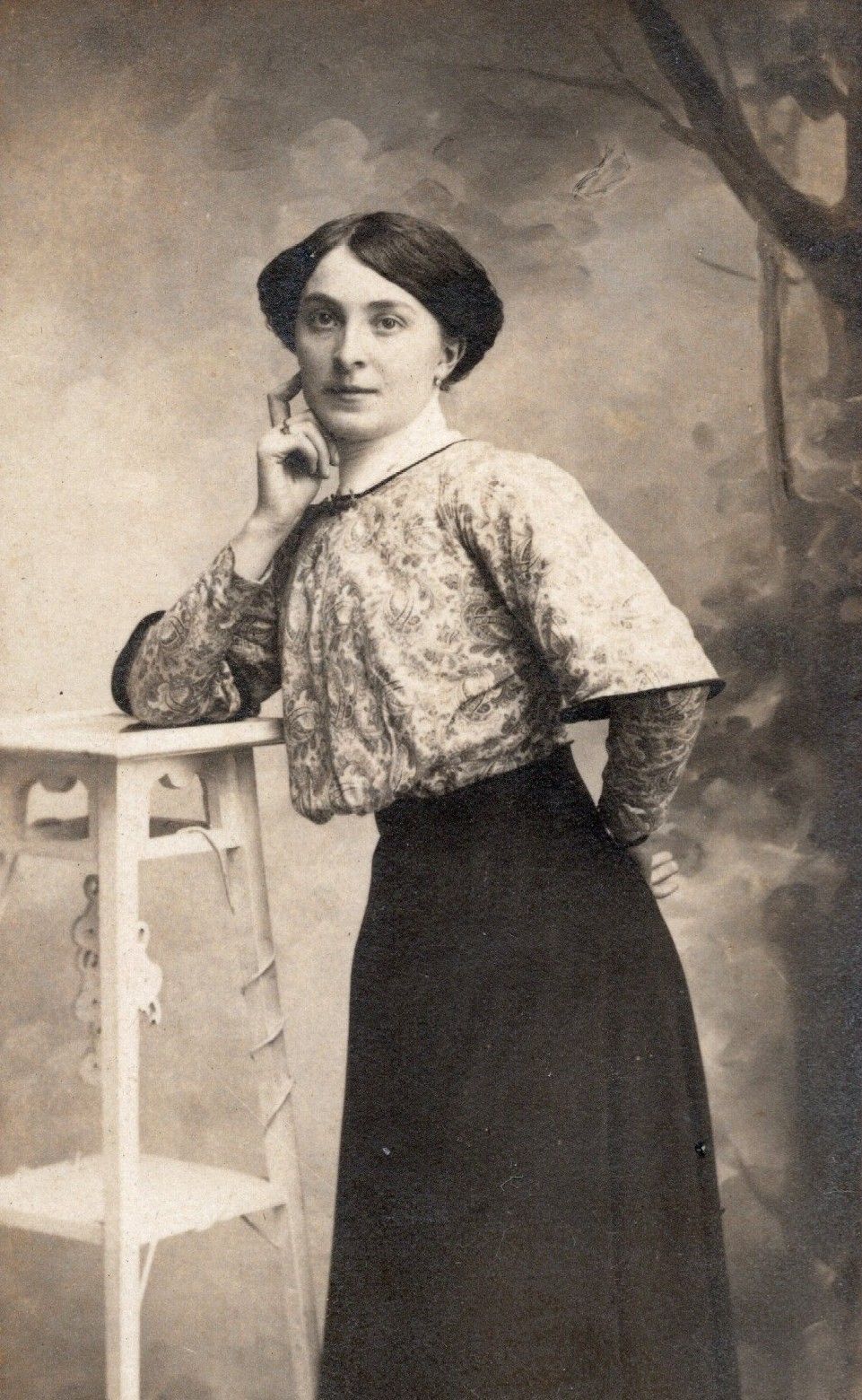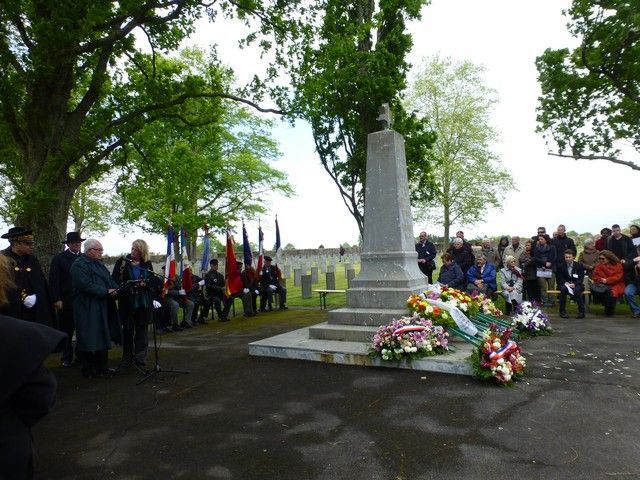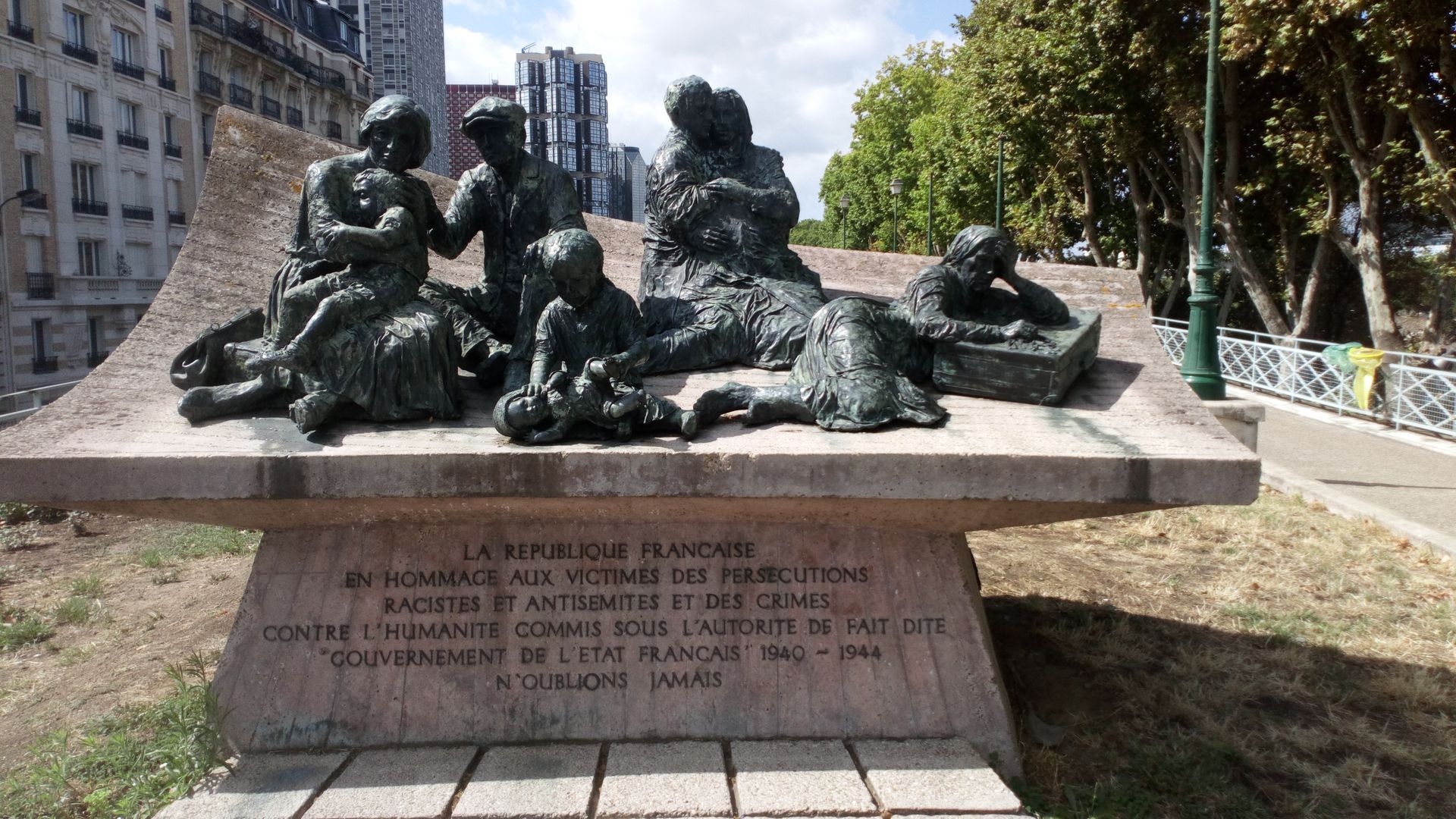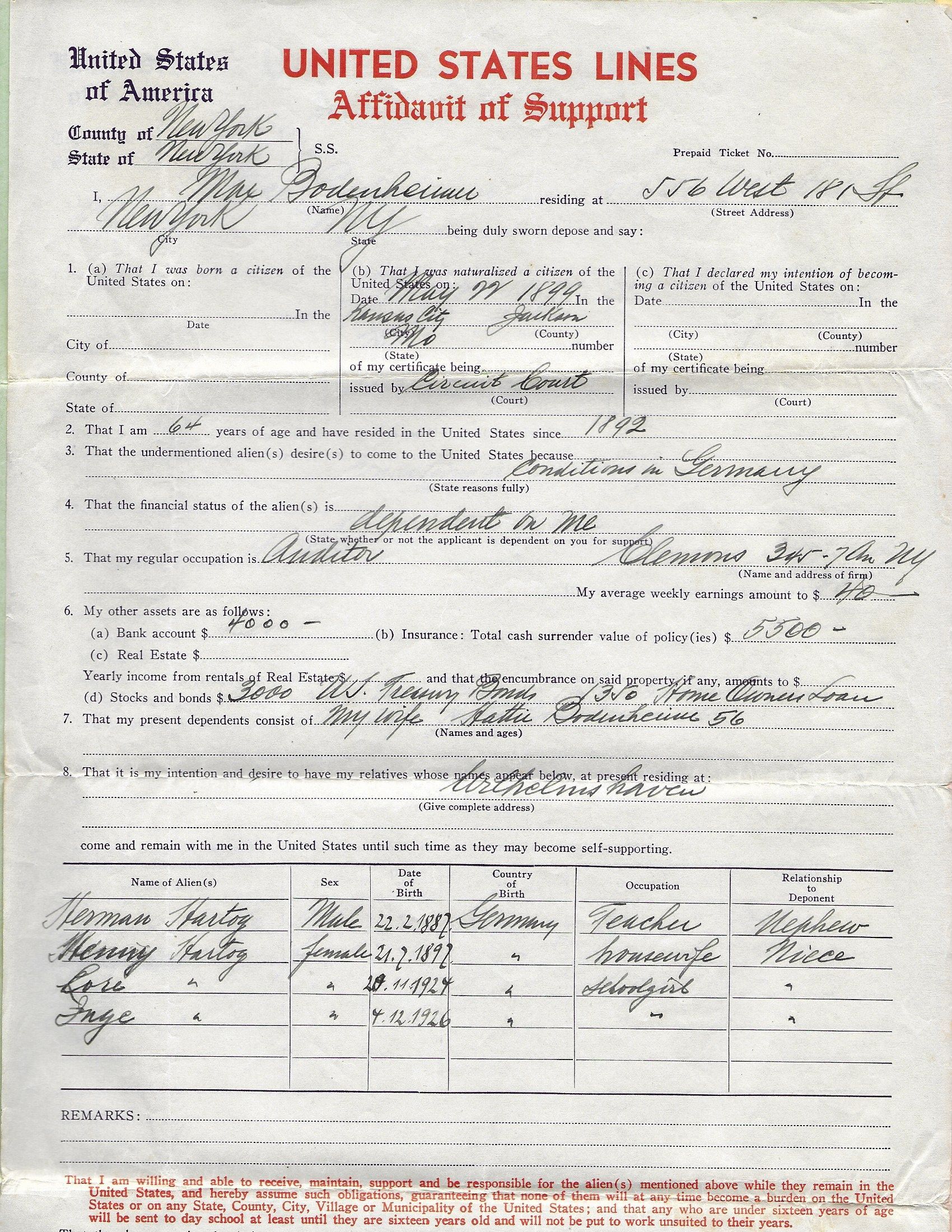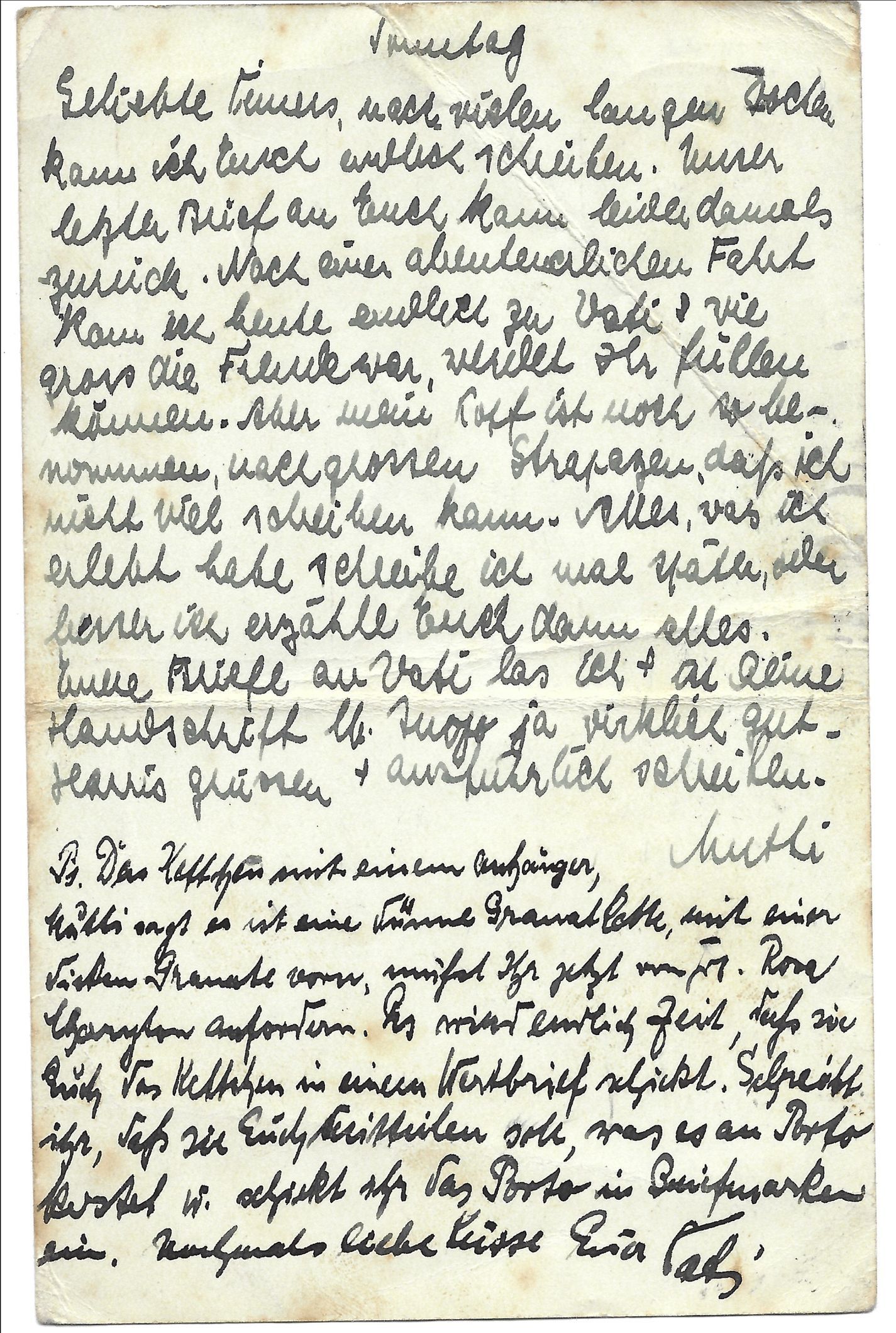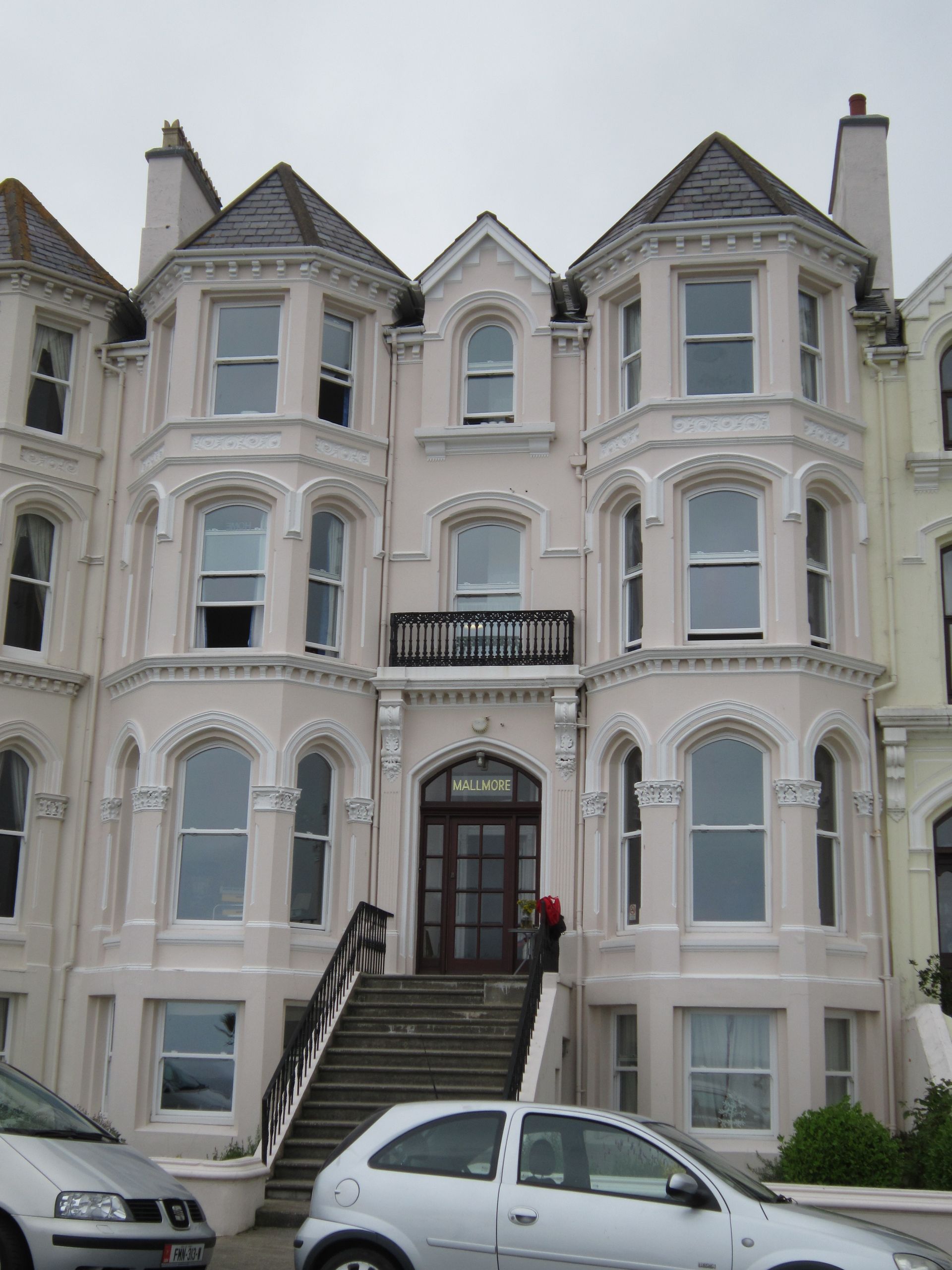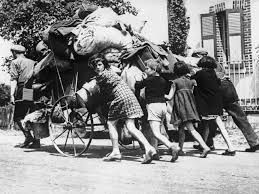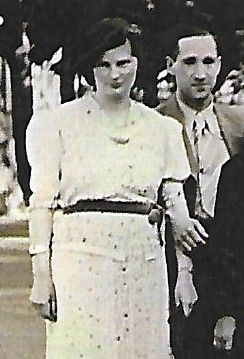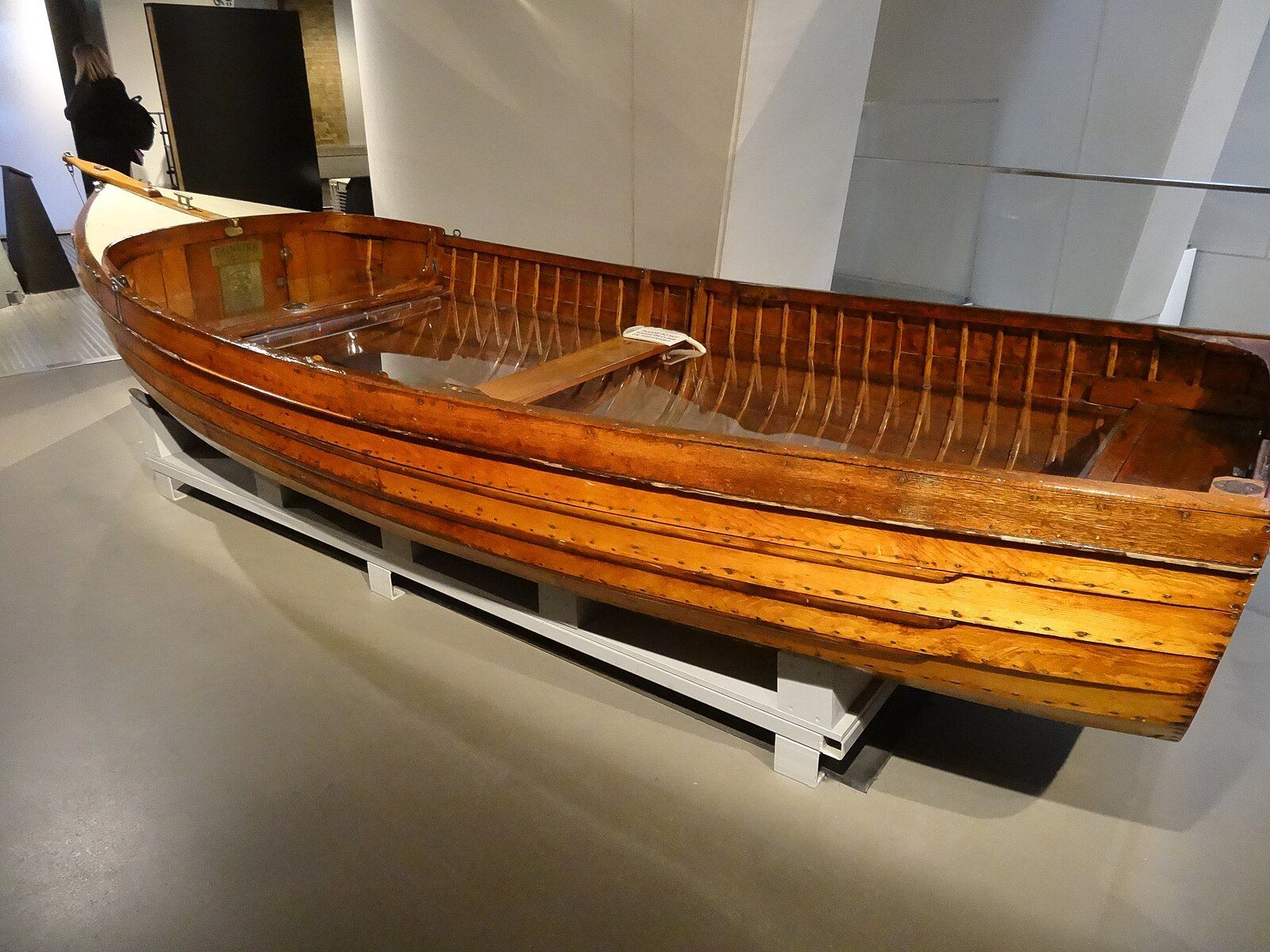experiencing WW1 near Noyon - and reconciliation after WW2 near Hexham
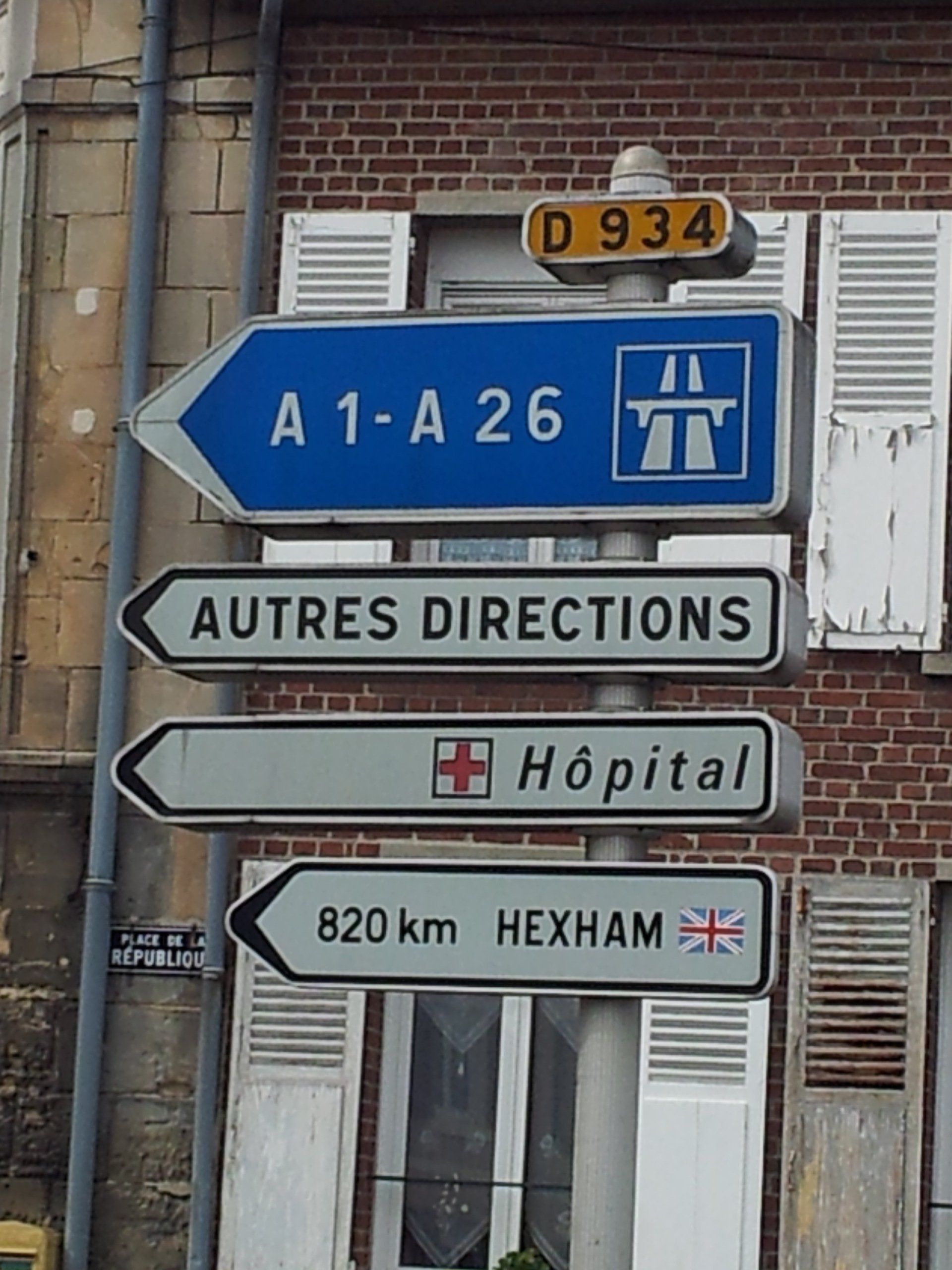
In Thiescourt, a village in Picardy, the edges of the fields are drenched in poppies. Reports of WWI battles are unnecessary: the noise and smell of the guns of 1915/16 seem vivid. I stare at the remains of a gun emplacement. Almost a hundred years ago Herbert Sulzbach – a gunner and officer in the German army - operated here. Did he use that emplacement?
The military cemetery divides into two, but with no physical barrier. The dead from the German army lie close to those from the armies of the Entente. Some German headstones commemorate Jewish soldiers. These each stand particularly close to a fellow German's memorial, and somehow this now seems very poignant.
In March 1917 Sulzbach called the nearby town, 'my well-beloved Noyon', as he enjoyed the comforts of the German headquarters. Nowadays, not far from the building that housed the Germans, is a traffic sign to Hexham in Northumberland, England. Struck by this discovery, I am again confounded by the many coincidences in this man's life.
Thirty years after his time in Noyon, Sulzbach found himself – as an officer in the British army – just fifteen miles from Hexham. From 1946 to 1948, he worked in a Prisoner of War camp for German officers at Featherstone Park. His success at 'denazification' and reconciliation enabled thousands of German officers to return home to rebuild hope and democracy into their shattered country.
The coincidence of the Noyon/Hexham link is intensified by Sulzbach's later work at the German Embassy in London. For the last thirty years of his life he worked there to further all aspects of Anglo-German reconciliation, including town twinning partnerships - but not, it appears, that between Noyon and Hexham, which came later.
© text and photo Ainslie Hepburn.
